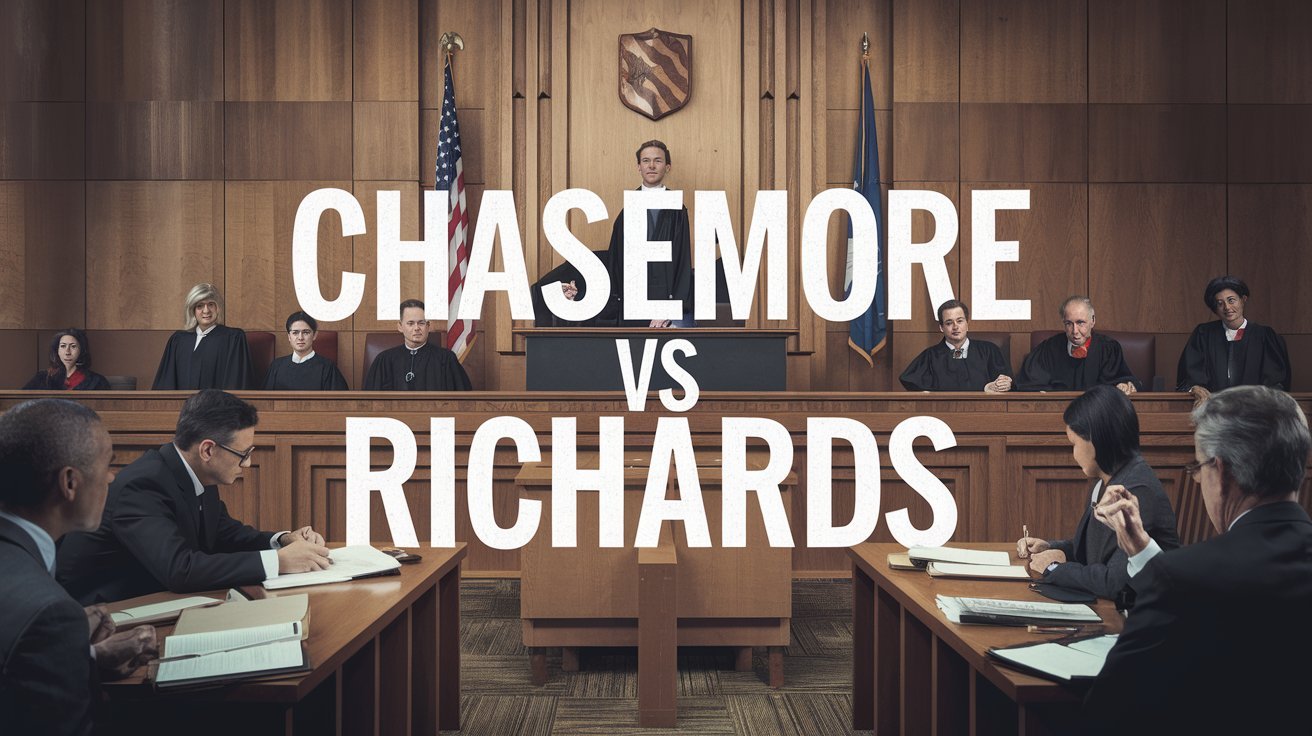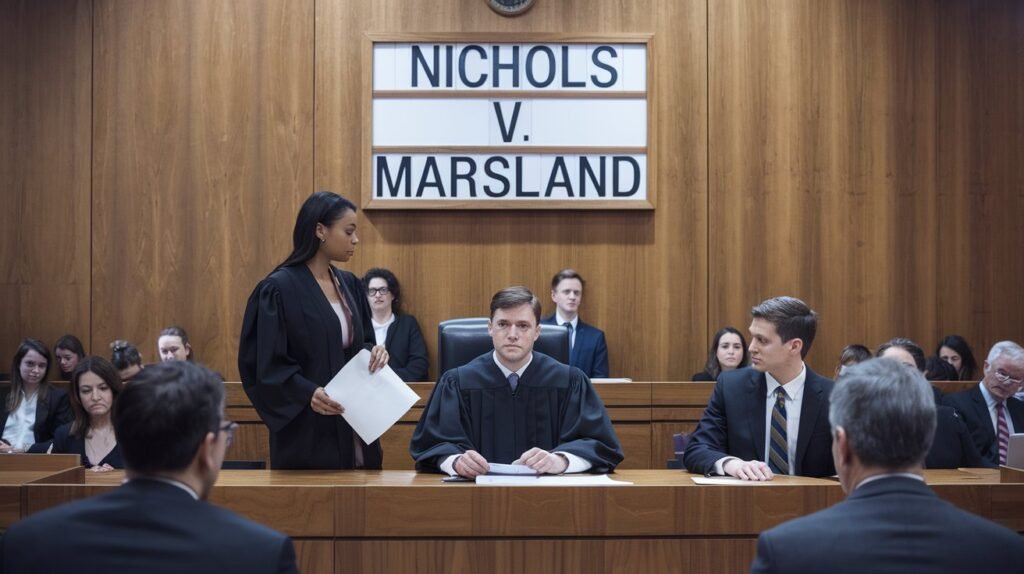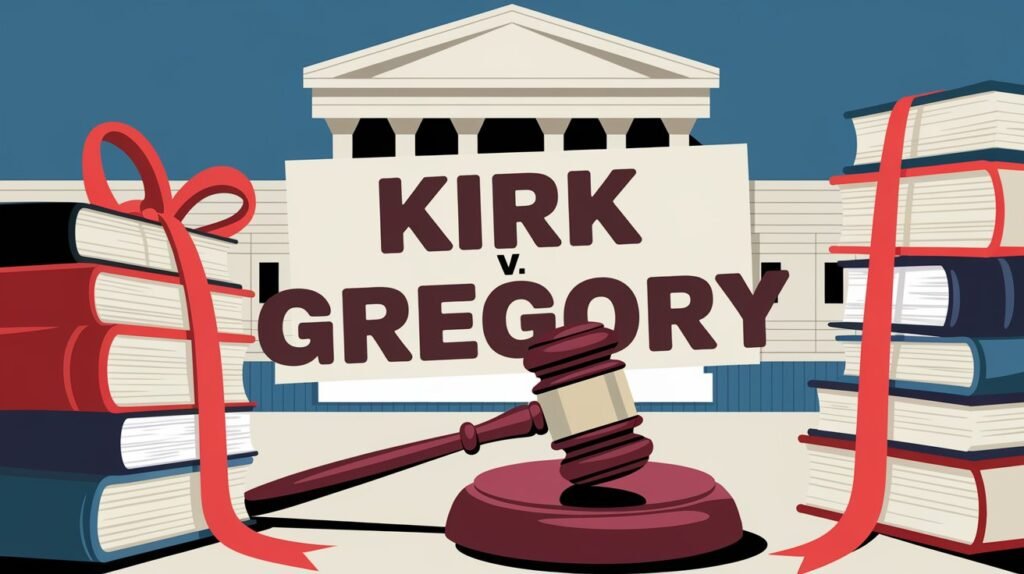Chasemore vs Richards 1859 (Case Summary)

In this significant case, the English Court clarified the doctrine of water rights, holding that landowners have the right to abstract groundwater beneath their land without liability to adjoining landowners, even if it causes harm to their water supply.
Table of Contents
ToggleFacts of Chasemore v Richards
- Chasemore, a mill owner, relied on a stream fed by underground water for his mill’s operations.
- Richards, a neighboring landowner, dug a well on his property to extract groundwater for his own use.
- Richards’ activities significantly reduced the flow of water to Chasemore’s mill.
- Chasemore sued Richards, alleging that the depletion of the stream caused damage to his business.
Issues framed
- Whether a landowner has an unlimited right to abstract and use groundwater beneath their land?
- Whether another landowner claims damages for harm caused to a stream reliant on underground water due to such abstraction?
Subordinate Court Judgment
The lower court ruled in favor of Chasemore, holding that the defendant’s actions unjustly interfered with the natural flow of water to the river, which was essential for the plaintiff’s mill operations.
Judgment of Chasemore v Richards
The case was decided by the House of Lords; based on common law principles governing water rights, particularly relating to percolating groundwater.
The Court distinguished between surface water (flowing in defined channels) and percolating groundwater. It held that a landowner’s right to use groundwater beneath their land is absolute and unqualified, even if it affects adjacent properties.
The Court overturned the subordinate court’s decision and ruled in favor of Richards. Lord Wensleydale stated, “The law gives to the owner of the land all that lies beneath his surface; he may dig and apply all that is there found to his purposes, at his free will and pleasure.”





